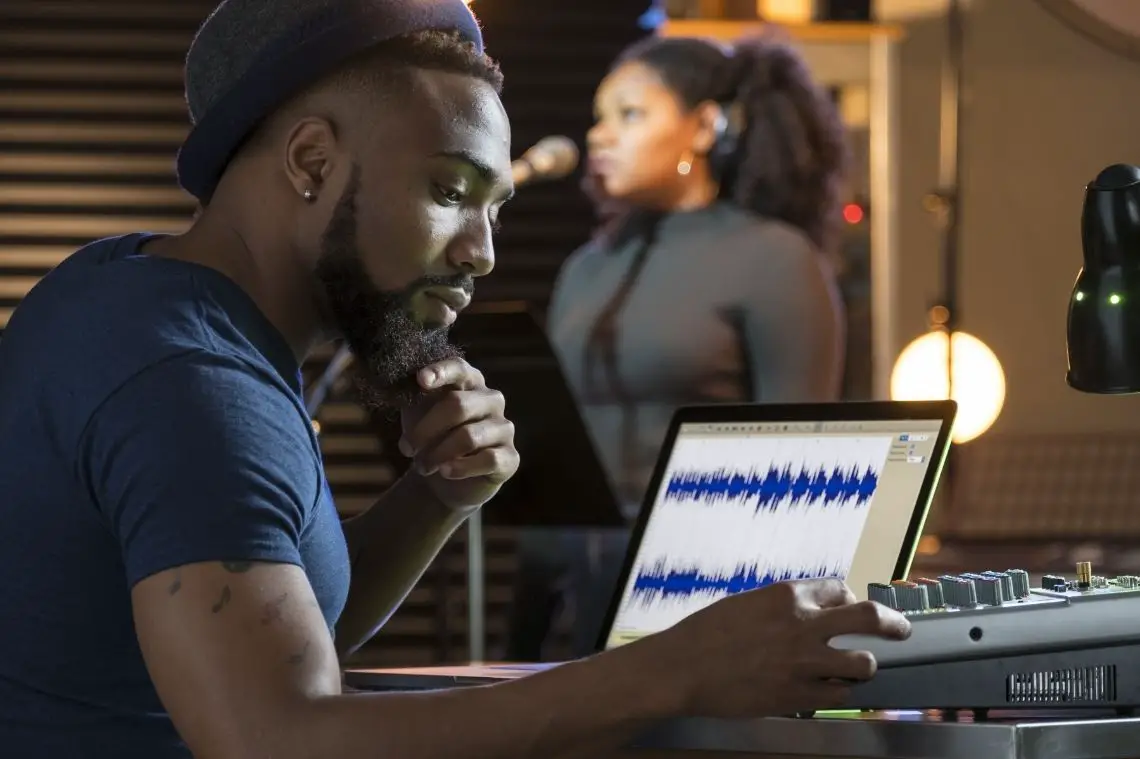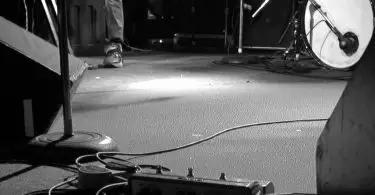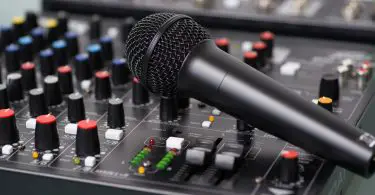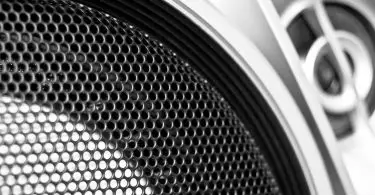If there’s one thing musicians love, it’s gear. Music is all about tinkering: tinkering with sounds, lyrics, and, in many cases, gadgets. These pieces of equipment every musician should have show the wide range of tools that keep the art form alive and evolving. If you are a musician looking to improve your repertoire of gadgets, read through this list and see which ones you would like to purchase.
MIDI Keyboard
Essentially, a MIDI keyboard is a set of piano keys you plug into your computer through a MIDI port. Unlike a conventional piano, MIDI keyboards don’t produce sound on their own. Instead, musicians “load” sound into the keyboard by using a digital audio workstation (DAW).
MIDI keyboards are incredibly flexible. You can upload a drum machine, classic piano keys, and even sounds from movies. You are limited only by your DAW, not your MIDI keyboard. Using MIDI keyboards, musicians can work on their studio sound before they learn how to recreate the music for a live performance. Although some musicians will bring their MIDI onstage, they typically use them for recording music.
Microphone
Microphones are one of the pieces of equipment every musician should have. You can find microphones at various prices, sizes, and shapes. “Dynamic microphones” and “condenser microphones” are two broad categories. You can use condensers to record instruments that make high-frequency sounds, like pianos and acoustic guitars. However, dynamic microphones work better with low-frequency sounds, such as human voices and drums.
In-Ear Monitors
Musicians use in-ear monitors (IEMs) to help them listen to music or hear a personalized mix of the instrumentation or vocals while on stage or recording in the studio. Musicians benefit from these devices because they allow them to follow the music without becoming distracted by the outside noise that can fill a room.
Very often, musicians struggle to direct their attention so that they are picking up on the right musical cues. With IEMs, they can be confident that they listen to the sounds that will benefit them while performing. Non-musicians also use the devices, though there is some debate about who should use them.
Digital Audio Workstation
We already know how digital audio workstations (DAWs) work with MIDI keyboards, but their usefulness goes far beyond. DAWS allows musicians to manipulate and create music through software. Also, there are free options and high-end products for every musician’s level. They are the tools of music producers and beat makers. In many ways, a good DAWs program is the perfect “sound machine,” as it can access a great variety of different sounds to make any kind of song.








Start the discussion at talk.hearthemusicplay.com